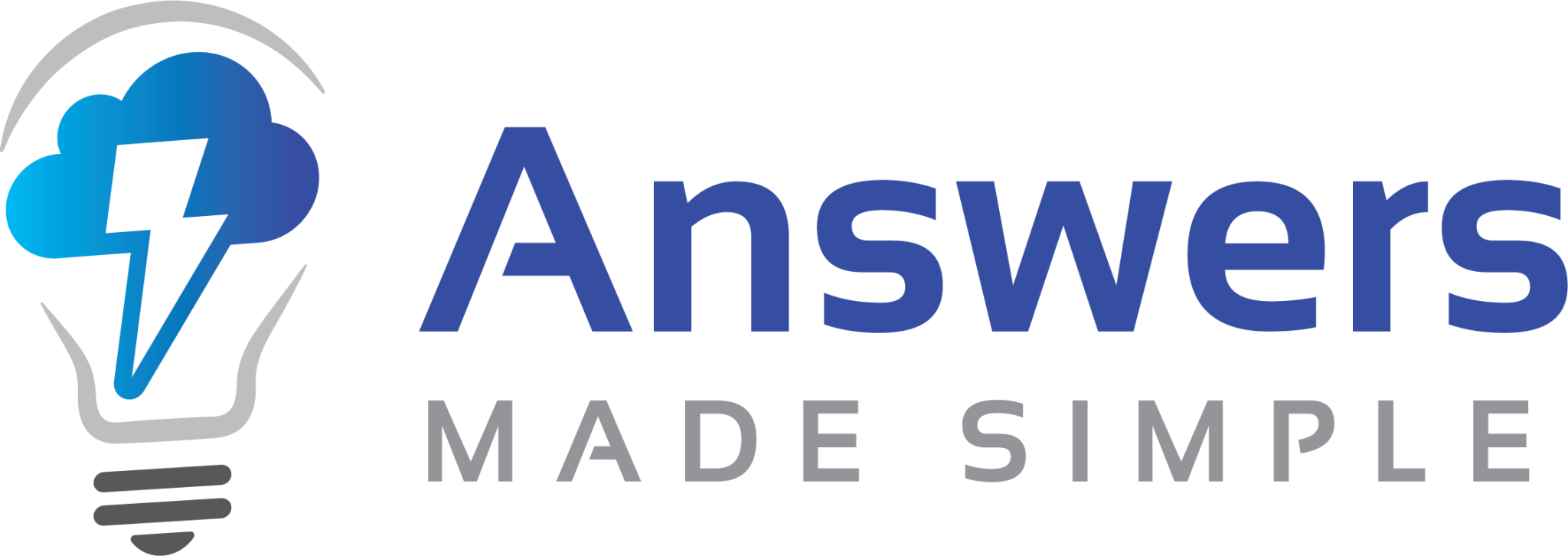Table of Contents
Virtual reality has moved beyond gaming and entertainment into reshaping how people learn and get trained across industries. Since VR is uniquely capable of creating realistic and interactive digital experiences, students and professionals can connect deeply with complex skills and knowledge in a non-threatening yet engaging manner. Medical training and corporate workshops make a whole new dimension possible in education and training.
What is Virtual Reality in Training and Education?
Virtual reality puts the user inside a completely interactive, computer-generated environment and allows the user to experience and explore scenarios that are difficult, dangerous, or even impossible to encounter in real life. VR opens hands-on experiences for education beyond what any textbook or lecture could afford. For example, it lets a medical student practice surgery on a virtual patient or a history class tour of ancient Rome from inside the classroom.
VR in training refers to creating realistic scenarios to develop new abilities. For example, a fireman training for a rescue operation in a building on fire or a pilot going through emergency procedures in a mock cockpit. VR enables this type of high-consequence practice safely and efficiently.
Benefits of Virtual Reality to Education and Training
Virtual reality lends advantages to learning processes that most of the conventional tools cannot offer:
Deep Engagement and Retention
VR makes learning memorable. Instead of reading or hearing about a concept, students can experience it for themselves, which research proves increases information retention. Whether this is a virtual chemistry lab or an engineering simulation, virtual reality helps students understand concepts better.
Safe Practice for Hazardous Jobs
Due to their risks, some skills are difficult to practice in life. It allows learners to get familiar with lifesaving techniques and practices, practice responses to emergency situations, and improve their decision-making without harming anyone or anything. That would indeed be a true game-changer for medicine, aviation, or law enforcement.
Cost efficiency
On-job practical training tends to be very expensive, especially if a particular profession requires special tools and conditions. VR decreases such costs by emulating both the tools that trainees need and the settings in which they have to work without the logistical, traveling, and material costs involved in creating a real setting.
Customized Learning with Instant Feedback
VR provides customized experiences that match the learning pace of a learner. This, in turn, enables better understanding and correction of mistakes instantly. It is ideal for building confidence, especially in areas where stakes are high, such as in the case of healthcare or emergency response.
How Virtual Reality is Already Making an Impact
VR has already found meaningful applications in many fields, changing the way people learn and train:
Medical Training
It provides a realistic simulation for doctors and surgeons to train in performing surgeries, studying anatomy, and even interacting with virtual patients. Companies like Osso VR have created realistic surgical experiences in the virtual world that give the trainees practice without being at risk of jeopardizing a real patient&8217;s health.
Military and Law Enforcement
VR helps soldiers and law enforcement prepare for high-pressure situations, from combat zones to emergency crisis scenarios. Training them in virtual settings enables them to develop quick, accurate decision-making, an indispensable trait in the field.
Aviation and Aerospace
Pilots can practice takeoffs, landings, and emergency procedures against bad weather or technical failures in VR schools safely on the ground. Even companies like Boeing use VR to help new pilots learn how to operate some of the most complex planes more efficiently and with less of a learning curve.
STEM Education
VR finds its place in schools for teaching science, technology, engineering, and math in an immersive manner. It lets students conduct lab experiments virtually, simulate an engineering project, or look closer at ecosystems. These subjects turn more real with the help of platforms like zSpace and Google Expeditions, hence enabling them to visualize and understand complex notions.
Challenges of Using Virtual Reality in Training and Education
While there are a lot of promises with VR, it also faces several challenges in itself, including:
High Initial Costs
VR equipment and software are not cheap; thus, it may be very difficult for schools and other small-scale organizations to invest in such costly technologies. Developing custom VR content also requires huge investment and thus adds to the costs of hardware.
Health and safety concerns
Some health and safety concerns are that VR headsets are heavy and can cause motion sickness, eye strain, and headaches. Most users would not be comfortable using it for a long time. Certain age groups may not be suitable to use VR, such as very young children, making it inappropriate to use for learning.
Access and Scaling Limitations
VR is not accessible to everyone, particularly in schools with low budgets, as well as in rural areas where the internet and other amenities are not yet fully established. Scaling of VR within large educational or corporate systems comes with a host of challenges on various logistical fronts.
Need for Trained Instructors
This would require unique preparation of instructors both in teaching and training on how to use VR effectively-which normally requires separate training and resources. Unless properly guided and supported, many educators might find it unwieldy to fit VR into an already stretched curriculum.
Conclusion
VR can make high-quality training and education accessible to far larger numbers than is currently possible. From virtual classrooms to professional simulators, the gap between theory and practice would be bridged by making learning more interactive and real. The technology is still confronted with many challenges; unique benefits make VR a valuable addition to modern learning. As VR continues to evolve and increase access, it stands poised to assume an important role in the future of education and training with the needed skills in a fast-changing world.
